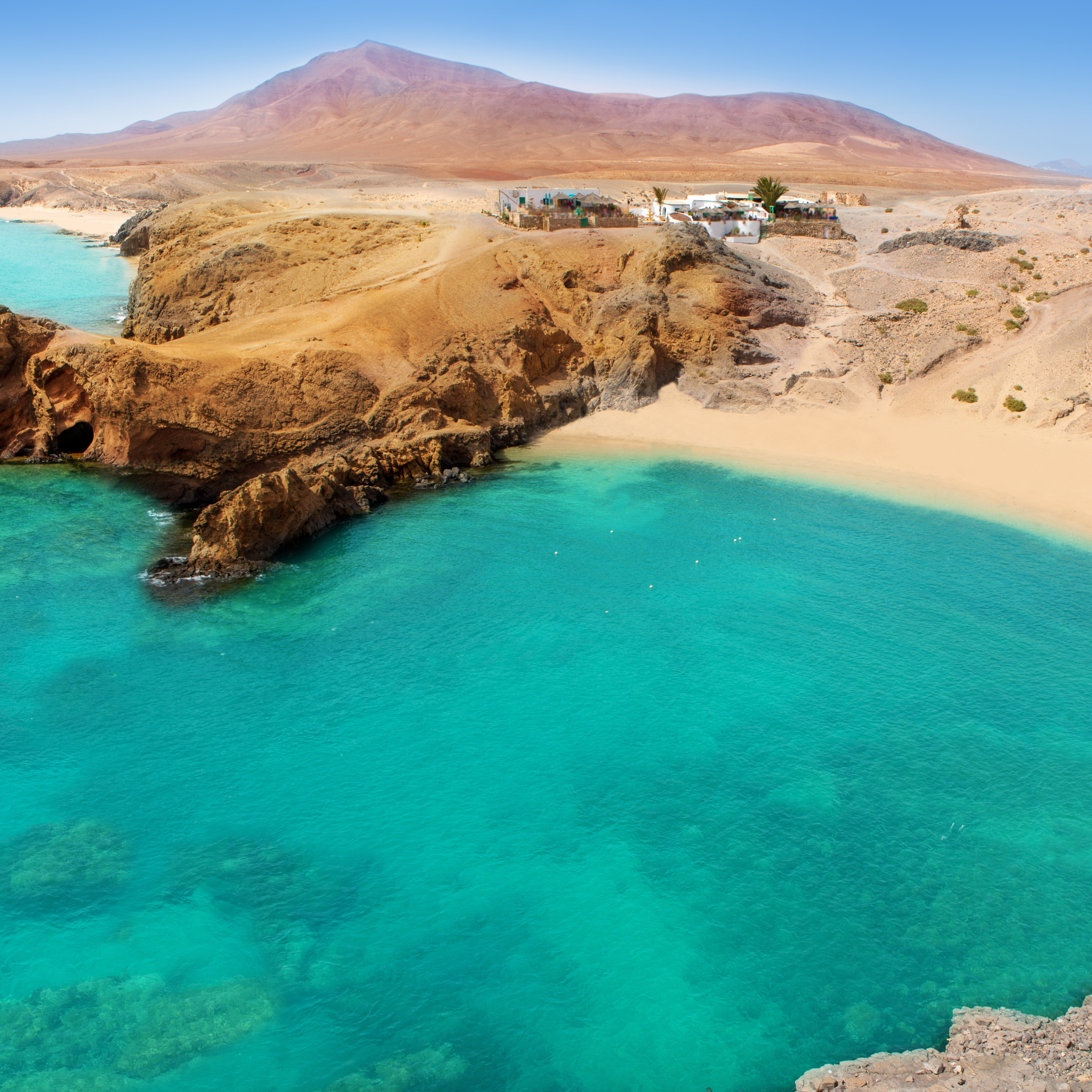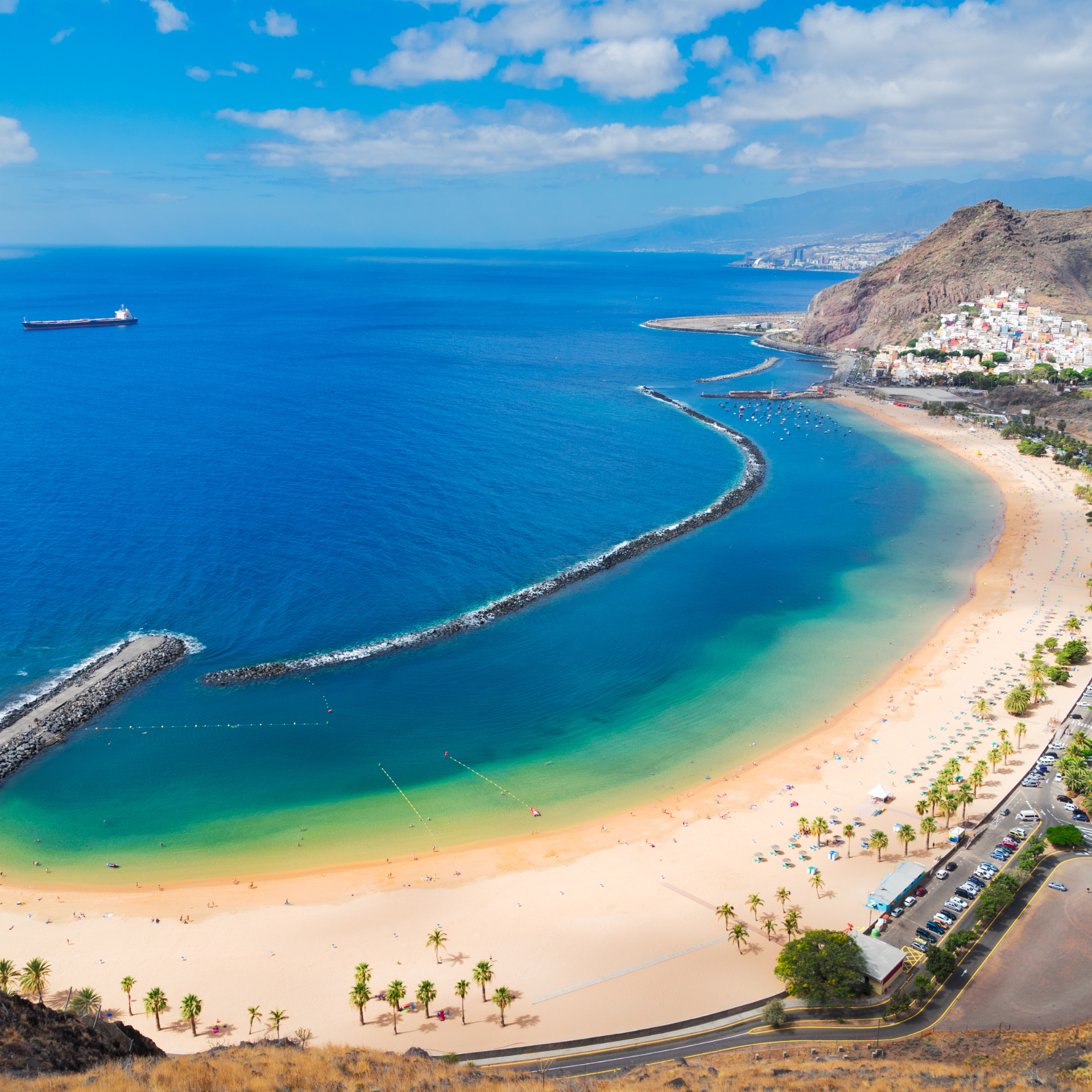Canary Island Holidays
Canary Island holidays offer thrilling adventures, luxurious resorts, and picturesque landscapes for the perfect getaway
The Canary Islands, an archipelago located off the northwest coast of Africa, are an autonomous community of Spain. Known for their stunning landscapes, mild climate, and rich culture, the Canary Islands are a popular tourist destination. The Canary Islands offer a diverse range of experiences, from relaxing on beautiful beaches to exploring volcanic landscapes and enjoying vibrant cultural festivals. Here's an overview of the Canary Islands, including major cities, regions, attractions, cultural and natural highlights, festivals, and travel tips:
Major Island and Cities
Tenerife
Santa Cruz de Tenerife: The capital city, known for its vibrant Carnival, beautiful parks, and modernist architecture.
San Cristóbal de La Laguna: A UNESCO World Heritage site with well-preserved colonial architecture and a lively student atmosphere.
Gran Canaria
Las Palmas de Gran Canaria: The co-capital of the Canary Islands, offering historic neighborhoods like Vegueta, beautiful beaches, and a bustling port.
Lanzarote
Arrecife: The capital city, featuring the Castillo de San Gabriel and a lively waterfront.
Fuerteventura
Puerto del Rosario: The capital city, known for its open-air artworks and proximity to stunning beaches.
La Palma
Santa Cruz de La Palma: A charming city with colonial architecture, narrow streets, and a beautiful waterfront.
La Gomera
San Sebastián de La Gomera: The capital, known for its historic sites related to Christopher Columbus.
El Hierro
Valverde: The smallest capital of the Canary Islands, offering a quiet and relaxed atmosphere.
La Graciosa
Caleta de Sebo: The main settlement, known for its pristine beaches and laid-back vibe.
Regions and Attractions
Teide National Park (Tenerife): Home to Mount Teide, Spain's highest peak, and a UNESCO World Heritage site known for its unique volcanic landscape.
Timanfaya National Park (Lanzarote): A surreal volcanic landscape with geothermal activity and striking rock formations.
Maspalomas Dunes (Gran Canaria): Expansive sand dunes adjacent to beautiful beaches and the Maspalomas Lighthouse.
Corralejo Natural Park (Fuerteventura): Renowned for its vast sand dunes and crystal-clear waters.
Garajonay National Park (La Gomera): A UNESCO World Heritage site featuring a dense laurel forest and numerous hiking trails.
Caldera de Taburiente National Park (La Palma): A large volcanic crater offering stunning views and hiking opportunities.
Top Places to Explore
New paragraph
Barcelona
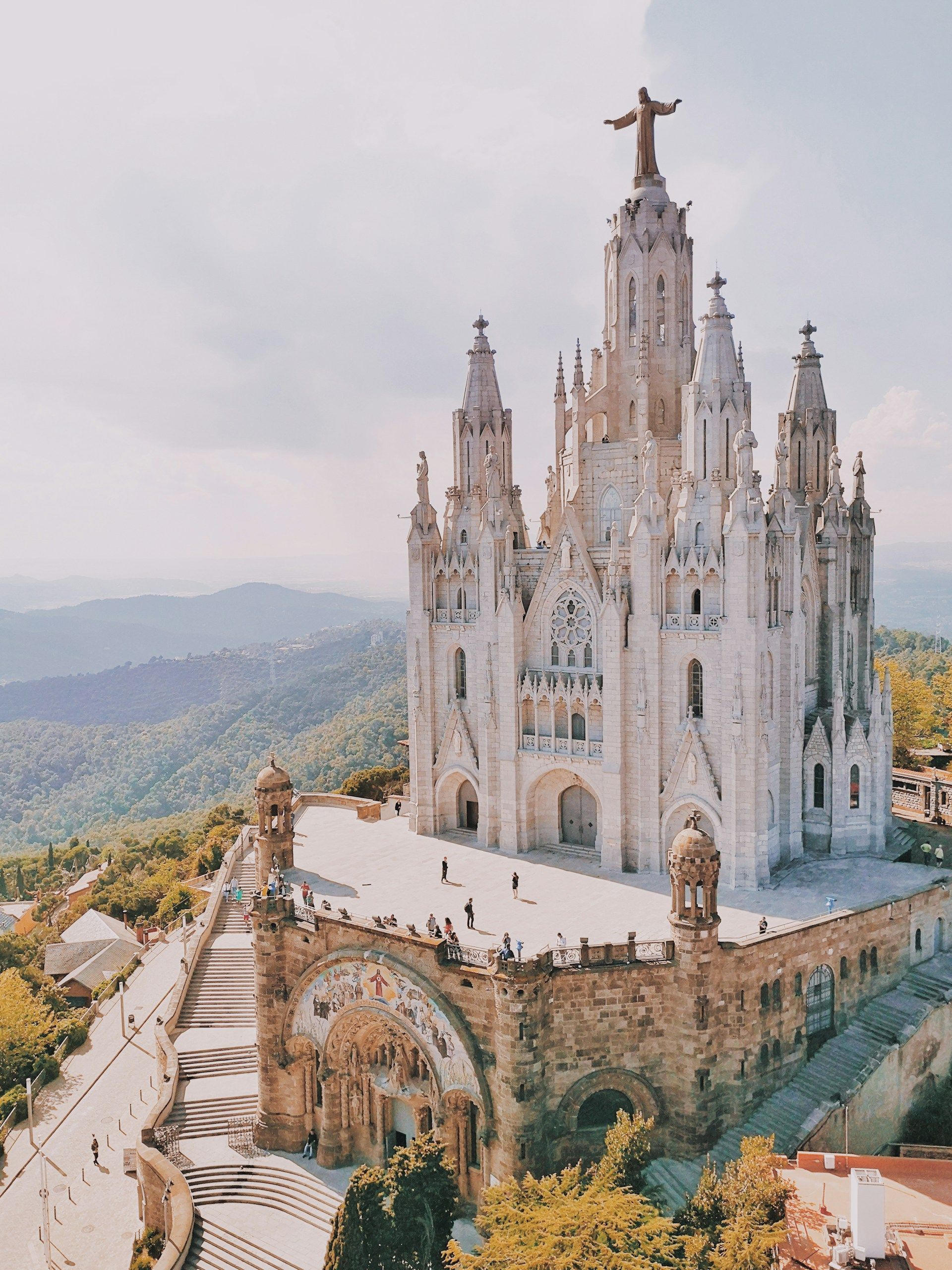
A city of architectural wonders, Barcelona is home to the whimsical creations of Antoni Gaudí, including the iconic Sagrada Família and the enchanting Park Güell.
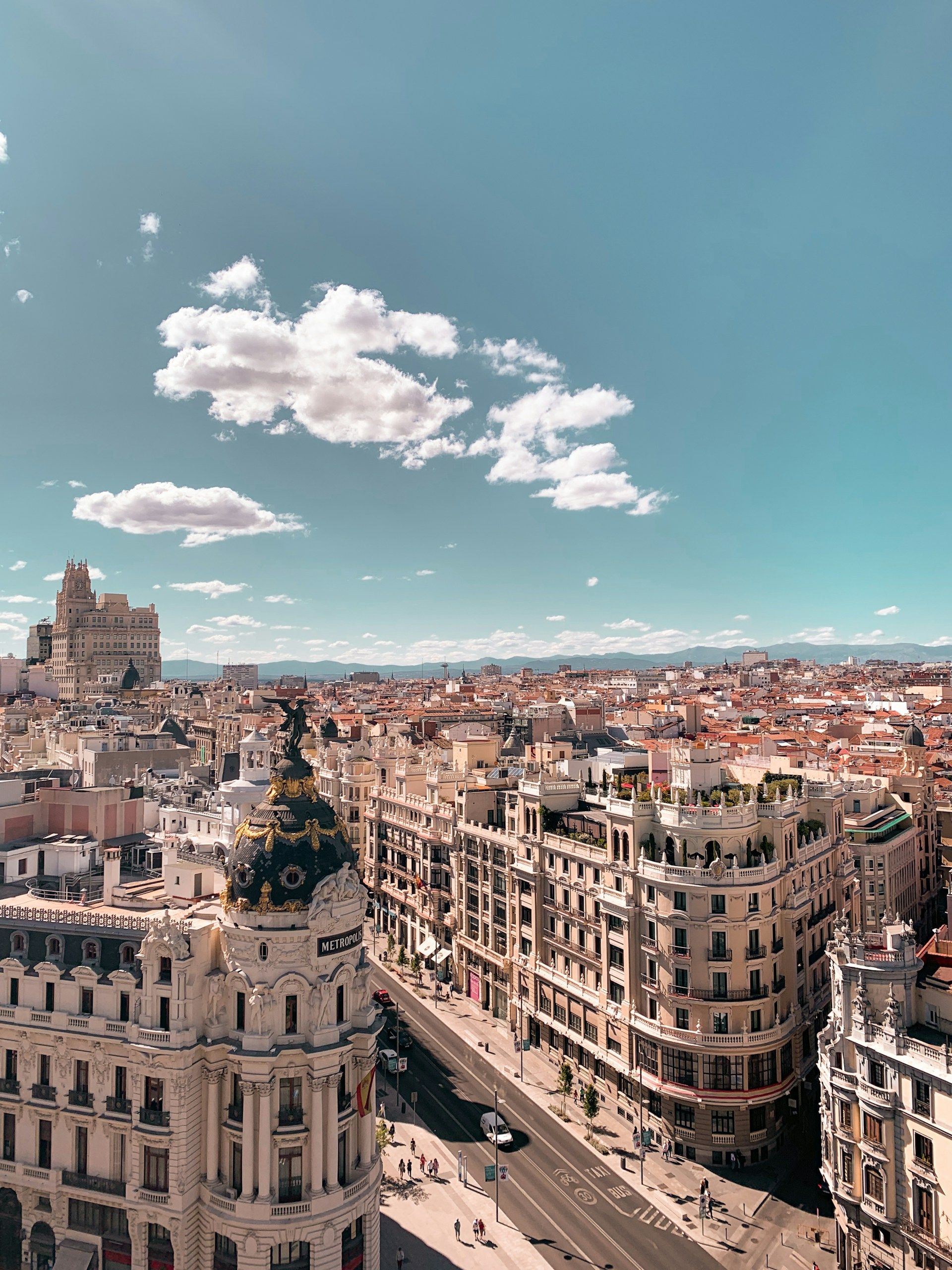
Madrid
Spain's capital offers a blend of historical sites, bustling plazas, and world-class museums like the Prado, showcasing works by Spanish masters such as Velázquez and Goya.
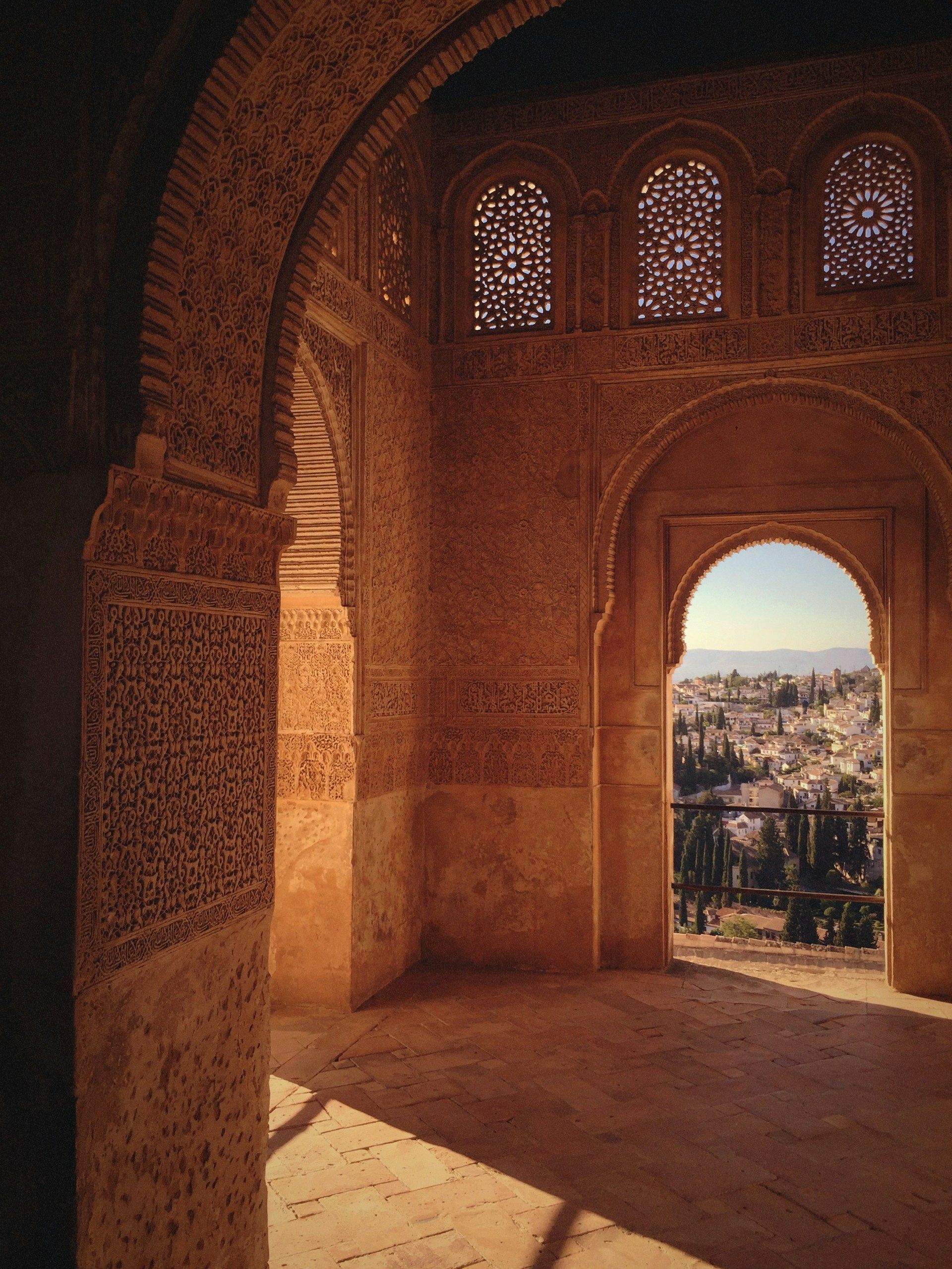
Granada
Dominated by the majestic Alhambra, a stunning Moorish palace, Granada epitomizes Andalusian history and offers a unique blend of cultures.
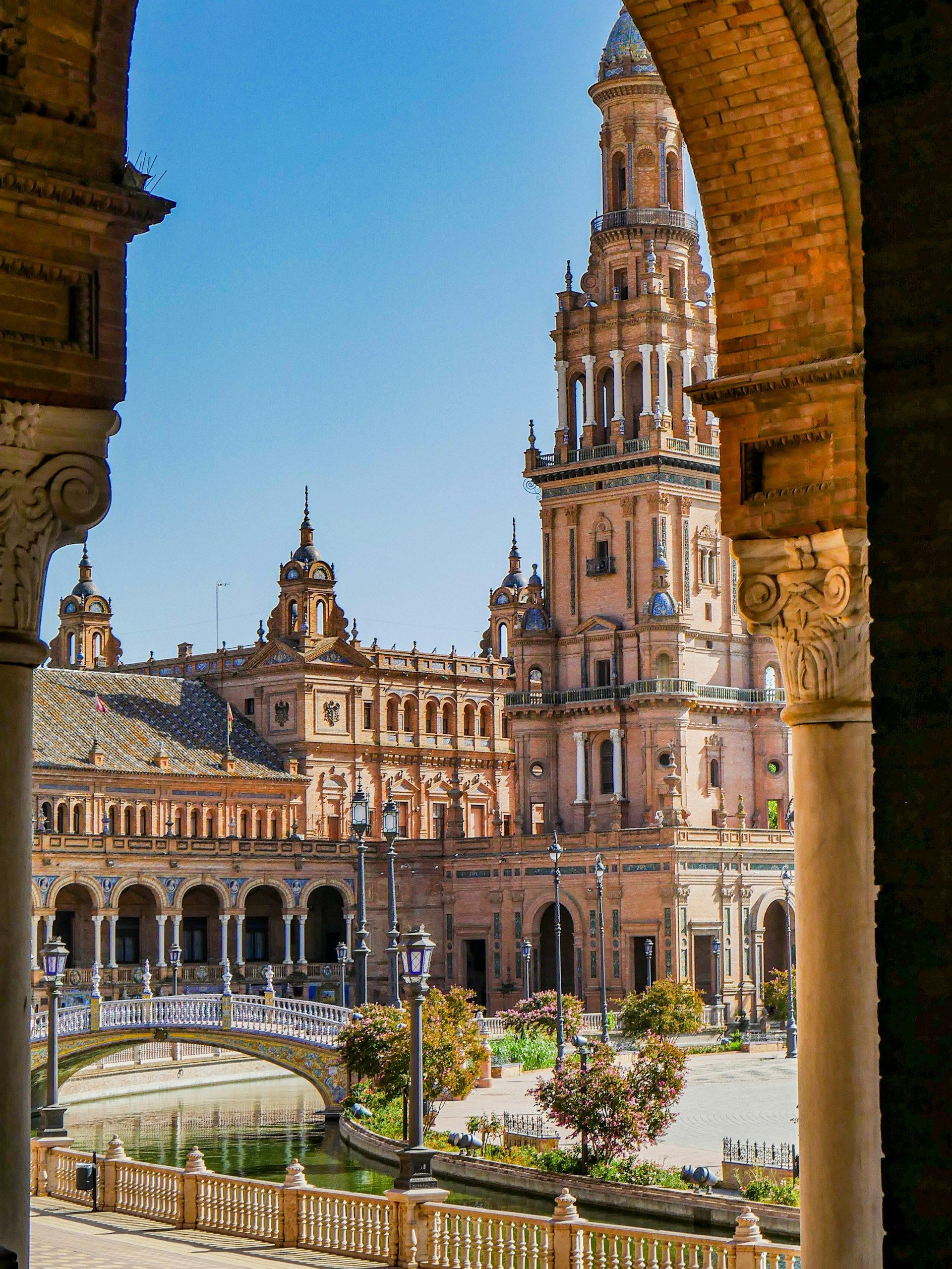
Seville
Known for its Gothic cathedral, charming old town, and vibrant flamenco scene, Seville embodies the spirit of traditional Spain.
Cultural and Natural Attractions
Auditorio de Tenerife (Tenerife): An iconic architectural landmark designed by Santiago Calatrava, hosting various cultural events.
Cueva de los Verdes (Lanzarote): A fascinating volcanic cave with guided tours showcasing its geological formations.
Casa de Colón (Gran Canaria): A museum in Las Palmas dedicated to Christopher Columbus and the history of the Canary Islands.
Charco de los Clicos (Lanzarote): Also known as the Green Lagoon, a striking green lake set against a black sand beach.
El Hierro Biosphere Reserve (El Hierro): A UNESCO Biosphere Reserve known for its pristine natural environment and rich marine life.
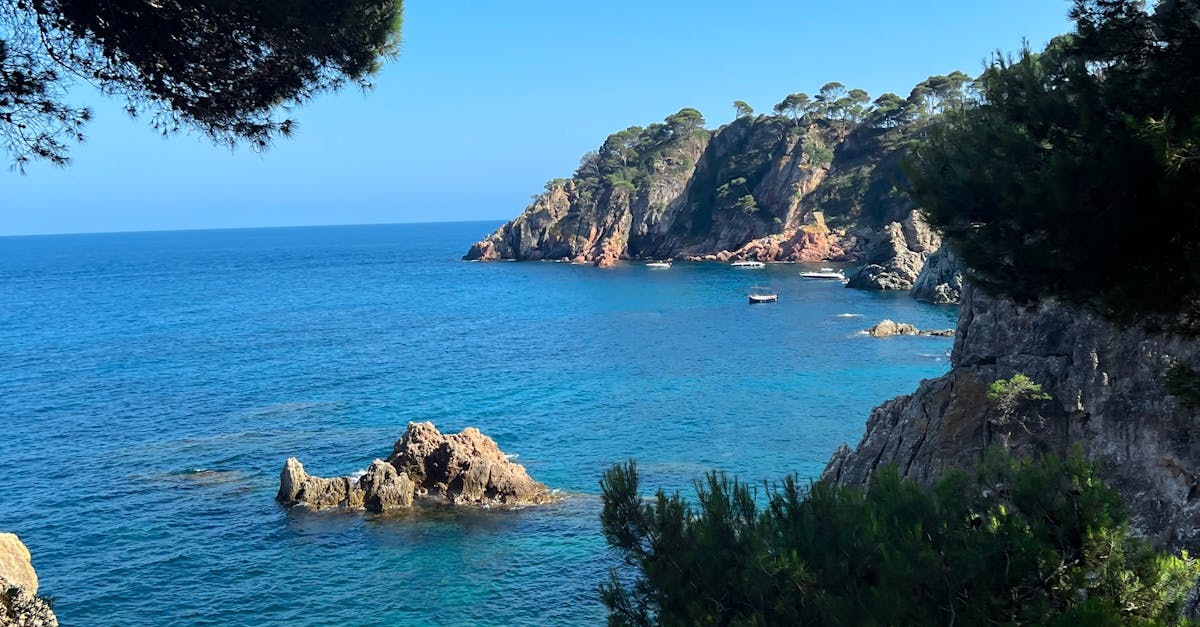
Festivals and Events
Carnival of Santa Cruz de Tenerife: One of the world's largest carnivals, featuring elaborate parades, costumes, and street parties.
Las Palmas de Gran Canaria Carnival: Another major carnival known for its vibrant celebrations and drag queen gala.
Fiesta de la Rama (Gran Canaria): A traditional festival in Agaete, involving a colorful procession to the sea.
Día de Canarias: Celebrated on May 30th across the islands, commemorating the establishment of the Canary Islands' autonomous government with various cultural events and activities.
Corpus Christi (La Orotava, Tenerife): Known for its intricate flower carpets created on the streets during the celebration.
Language: Spanish is the official language, but English and German are widely spoken in tourist areas.
Currency: The Euro (EUR) is the official currency. Credit cards are widely accepted, but it's good to have some cash for small purchases.
Transportation: The islands have a good network of buses, and ferries connect the islands. Renting a car is recommended for exploring at your own pace.
Climate: The Canary Islands have a subtropical climate with mild temperatures year-round, making them a great destination any time of the year. The coastal areas are generally warmer and drier than the mountainous interiors.
Cuisine: Don't miss trying local dishes like "papas arrugadas" (wrinkled potatoes) with "mojo" sauce, fresh seafood, and "gofio" (a type of flour made from roasted grains).
Outdoor Activities: The islands are perfect for outdoor enthusiasts, offering opportunities for hiking, surfing, diving, and whale watching.
Safety: The Canary Islands are generally safe for travelers. However, it's always wise to take standard precautions with your belongings and stay informed about local conditions.

